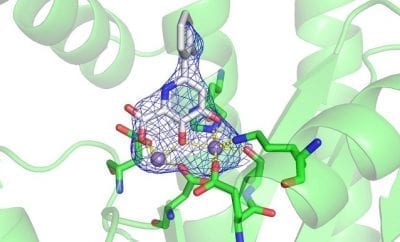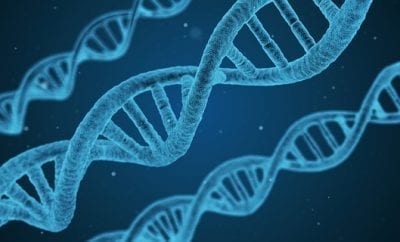
News
SDSU autism research yielding interesting information
 Research being conducted on the campus of San Diego State University may have game-changing effects on autism, and how it is detected, diagnosed and treated.
Research being conducted on the campus of San Diego State University may have game-changing effects on autism, and how it is detected, diagnosed and treated.
The detailed investigation is being led by two researchers; Joint Doctoral student Aarti Nari, studying at SDSU and UCSD; and San Diego State professor of psychology Ralph-Axel Müller. The purpose of the project is to establish diagnostic techniques to allow the discovery and treatment of autism at an earlier time in the patient’s life.
The study incorporated functional and anatomical magnetic resonance imaging methods along with diffusion tensor imaging to investigate links between the cerebral cortex and thalamus. With the use of these different types of imaging, the team examined the functionality and integrity of connections in the brains of patients with and without autism.
The thalamus is the brain region that processes input from the senses, including sight, hearing; and also feedback input from controlling body movements. It receives the input from the sense organs and nerves in the muscles, and directs the information to the appropriate region of the brain for further processing. Thus, a problem with the physical connections between the thalamus and the cerebral cortex may well lead to the symptoms of what is termed autism. Due to the fact that the thalamus sits well within the brain, surrounded by other regions, it has not been previously investigated to the degree it is in this study.
This research has shown that the links between the cerebral cortex and the thalamus of the young subjects suffering from autistic symptoms were defective. Part of the outer layer of our brain, the cerebral cortex is involved in the reaction to both sensory input and control of the body’s motor function.
The research was conducted on 50 subjects in the age range from nine years old to 17. Graphical results displayed lessened nerve connections corresponding with previous autistic behavior.
The conclusions drawn from the study may lead to earlier diagnoses of autism, coupled with the creation of training techniques involving feedback to be conducted during the development of the thalamus. The hope is that these intervening therapies, if started when the patient is very young, will cause a reduction in future symptoms of autism.
Funding for this study came from a National Institutes of Health grant, along with monies from the Autism Speaks Dennis Weatherston Predoctoral Fellowship. The research has been published in the June issue of the Oxford Journals BRAIN Journal of Neurology.





0 comments